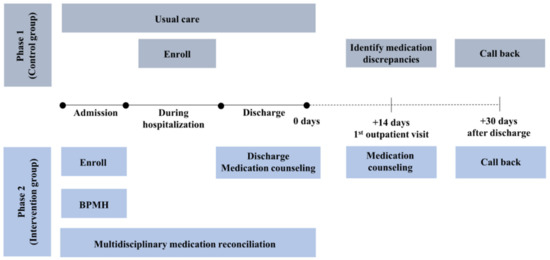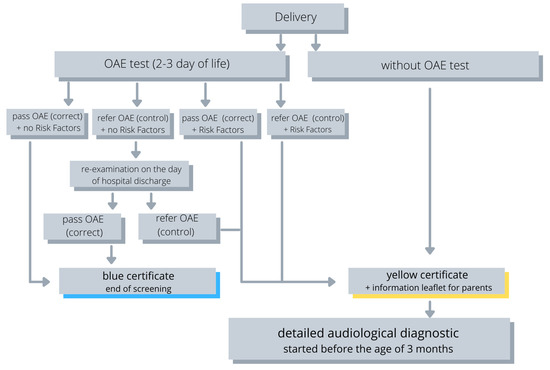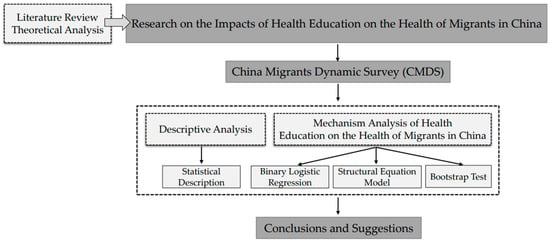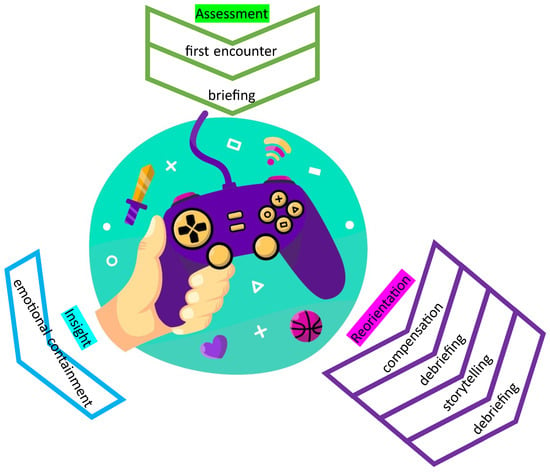Healthcare 2023, 11(12), 1780; https://doi.org/10.3390/healthcare11121780 - 16 Jun 2023
Viewed by 2576
Abstract
►
Show Figures
Background: Autistic children and adolescents are 40–80% more likely to experience sleep disturbances than their neurotypical peers. In the United Kingdom, melatonin is licensed for short-term usage in adults at age 55 years and above; however, it is often prescribed to autistic children
[...] Read more.
Background: Autistic children and adolescents are 40–80% more likely to experience sleep disturbances than their neurotypical peers. In the United Kingdom, melatonin is licensed for short-term usage in adults at age 55 years and above; however, it is often prescribed to autistic children and adolescents to help manage their sleep. The current study sought to understand parental experiences and their motivation of using melatonin to manage sleep disturbances of their autistic children. Methods: The sample included 26 parents who took part in online focus groups answering questions regarding their experiences of using melatonin as a sleep treatment for their children diagnosed with autism between 4 and 18 years old. Results: Four main themes were identified: (i) parental perception of melatonin used as ‘a naturally produced hormone’; (ii) perceived benefits of using melatonin to improve their child’s sleep; (iii) administration of melatonin: dosage amount, timing and pulverising; and (iv) expectation and apprehension over melatonin use. Conclusion: Some parents reported success with the use of melatonin, and others reported the effects being limited or diminishing in time. Suggestions for healthcare professionals and families regarding melatonin usage in the UK are made with respect to setting clear guidelines for usage, whilst ensuring expectations are set and managed appropriately.
Full article










